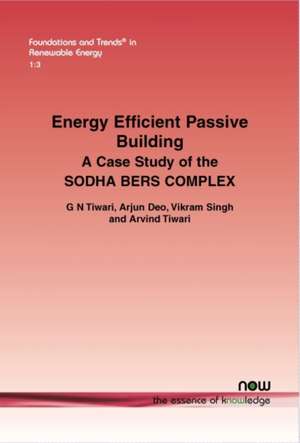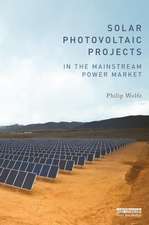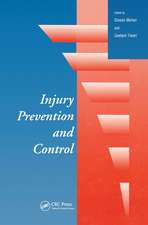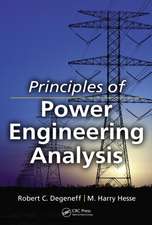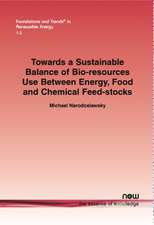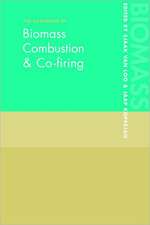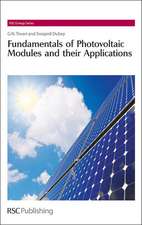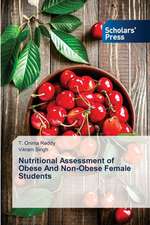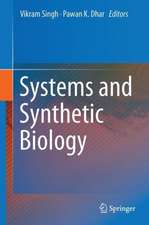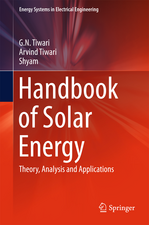Energy Efficient Passive Building: Foundations and Trends(r) in Renewable Energy, cartea 3
Autor G. N. Tiwari, Arjun Deo, Vikram Singhen Limba Engleză Paperback – 29 noi 2016
Preț: 395.10 lei
Nou
Puncte Express: 593
Preț estimativ în valută:
75.61€ • 78.65$ • 62.42£
75.61€ • 78.65$ • 62.42£
Carte tipărită la comandă
Livrare economică 14-28 aprilie
Preluare comenzi: 021 569.72.76
Specificații
ISBN-13: 9781680831962
ISBN-10: 1680831968
Pagini: 88
Dimensiuni: 156 x 234 x 5 mm
Greutate: 0.15 kg
Editura: Now Publishers Inc
Seria Foundations and Trends(r) in Renewable Energy
ISBN-10: 1680831968
Pagini: 88
Dimensiuni: 156 x 234 x 5 mm
Greutate: 0.15 kg
Editura: Now Publishers Inc
Seria Foundations and Trends(r) in Renewable Energy
Descriere
Focuses on a case study of a newly constructed passive cooled four-story building in a composite (monsoon) climate. The total initial embodied energy, CO2 emissions, annual energy saving and CO2 credit of the building were evaluated as part of the case study.
